Análisis Bibliométrico de Habilidades en el Aprendizaje de Física en el Periodo 2015-2024
Resumen
El enfoque de este artículo es el de investigar el número de trabajos científicos sobre las habilidades en el aprendizaje de la Física en el periodo 2015-2024, a partir de un muestreo de 107 documentos recuperados de SCOPUS. Se analizan el número de, las publicaciones por autoría, los países e institutos donde hay mayor actividad de investigación y los receptores de la formación académica científica en general. Por cuenta del alto volumen de producción científica en el tema, se destacó el caso de Estados Unidos y la University of Colorado Boulder, la revista más influyente, Physical Review Physics Education Research, tiene un mayor volumen de impacto. A su dígito, se estudian los cinco artículos que han recibido mayores citas, abordando la autoorganización en el aprendizaje, e-learning, problemas de evaluación de la solución de problemas, hombres y mujeres en la autoeficacia, laboratorios de Física y desarrollo de habilidades, realidad mixta en la formación docente. Este estudio trata la relación entre el incremento en volumen de las habilidades en la enseñanza de la Física y el empleo de otras tecnologías innovativas que son útiles para el aprendizaje de la Física.
Descargas
Citas
Borish, V., Werth, A., Sulaiman, N., Fox, M. F. J., Hoehn, J. R., & Lewandowski, H. J. (2022). Undergraduate student experiences in remote lab courses during the COVID-19 pandemic. Physical Review Physics Education Research, 18(2).
https://doi.org/10.1103/PhysRevPhysEducRes.18.020105
Chini, J. J., Straub, C. L., & Thomas, K. H. (2016). Learning from avatars: Learning assistants practice physics pedagogy in a classroom simulator. Physical Review Physics Education Research, 12(1). https://doi.org/10.1103/PhysRevPhysEducRes.12.010117
Docktor, J. L., Dornfeld, J., Frodermann, E., Heller, K., Hsu, L., Jackson, K. A., Mason, A., Ryan, Q. X., & Yang, J. (2016). Assessing student written problem solutions: A problem-solving rubric with application to introductory physics. Physical Review Physics Education Research, 12(1). https://doi.org/10.1103/PhysRevPhysEducRes.12.010130
Heyde, V. V. D., & Siebrits, A. (2019). Higher-Order e-Assessment for Physics in the Digital Age Using Sakai. Physics Teacher, 57(1), 32–34. https://doi.org/10.1119/1.5084925
Kalender, Z. Y., Marshman, E., Schunn, C. D., Nokes-Malach, T. J., & Singh, C. (2020). Damage caused by women’s lower self-efficacy on physics learning. Physical Review Physics Education Research, 16(1). https://doi.org/10.1103/PHYSREVPHYSEDUCRES.16.010118
Klein, P., Ivanjek, L., Dahlkemper, M. N., Jeličić, K., Geyer, M.-A., Küchemann, S., & Susac, A. (2022). Studying physics during the COVID-19 pandemic: Student assessments of learning achievement, perceived effectiveness of online recitations, and online laboratories. Physical Review Physics Education Research, 17(1).
https://doi.org/10.1103/PhysRevPhysEducRes.17.010117
Lagubeau, G., Tecpan, S., & Hernández, C. (2020). Active learning reduces academic risk of students with nonformal reasoning skills: Evidence from an introductory physics massive course in a Chilean public university. Physical Review Physics Education Research, 16(2). https://doi.org/10.1103/PhysRevPhysEducRes.16.023101
Maries, A., Karim, N. I., & Singh, C. (2020). Active Learning in an Inequitable Learning Environment Can Increase the Gender Performance Gap: The Negative Impact of Stereotype Threat. Physics Teacher, 58(6), 430–433. https://doi.org/10.1119/10.0001844
Redish, E. F. (2021). Using Math in Physics: 2. Estimation. Physics Teacher, 59(7), 525–529. https://doi.org/10.1119/5.0021823
Revetta, F. A., & Das, B. (2002). Integrating geology and physics to enhance science learning experience of students and serve the community. Journal of Geoscience Education, 50(2), 150–157. https://doi.org/10.5408/1089-9995-50.2.150
Ruiz-Tipán, F., & Valenzuela, A. (2021). Literary review of economic environmental dispatch considering bibliometric analysis. Iteckne.
https://doi.org/https://doi.org/10.15332/iteckne.v19i1.2631
Stanley, J. T., & Lewandowski, H. J. (2016). Lab notebooks as scientific communication: Investigating development from undergraduate courses to graduate research. Physical Review Physics Education Research, 12(2). https://doi.org/10.1103/PhysRevPhysEducRes.12.020129
Testa, I., Colantonio, A., Galano, S., Marzoli, I., Trani, F., & Scotti Di Uccio, U. (2020). Effects of instruction on students’ overconfidence in introductory quantum mechanics. Physical Review Physics Education Research, 16(1).
López Hernández, L. A. (2024). Las Prácticas Autoritarias y la Generación de Ambientes Laborales Educativos bajo la Influencia del Estrés. Estudios Y Perspectivas Revista Científica Y Académica , 4(2), 235–250. https://doi.org/10.61384/r.c.a.v4i2.217
Aguirre Chávez , J. F., Franco Gallegos , L. I., Montes Mata, K. J., Ponce de León, A. C., & Robles Hernández, G. S. I. (2024). Impacto de la actividad física en la prevención de enfermedades cardiovasculares: un análisis sistemático . Revista Científica De Salud Y Desarrollo Humano, 5(2), 274–302. https://doi.org/10.61368/r.s.d.h.v5i2.136
Vargas Serafin, A. A. (2023). El cuidado de sí y la estética de la existencia: prácticas para reflexionar en torno a la educación. Una aproximación desde Michel Foucault . Emergentes - Revista Científica, 3(2), 32–42. https://doi.org/10.60112/erc.v3i2.30
García, S. (2023). Desarrollo de productos y servicios sostenibles y ecológicamente responsables. Una revisión de la literatura, 2021. Revista Veritas De Difusão Científica, 4(2), 102–119. https://doi.org/10.61616/rvdc.v4i2.49
Fernández C., F. (2024). Determinación De Erodabilidad En Áreas De Influencia Cuenca Poopo Región Andina De Bolivia. Horizonte Académico, 4(4), 63–78. Recuperado a partir de https://horizonteacademico.org/index.php/horizonte/article/view/19
Medina Nolasco, E. K., Mendoza Buleje, E. R., Vilca Apaza, G. R., Mamani Fernández, N. N., & Alfaro Campos, K. (2024). Tamizaje de cáncer de cuello uterino en mujeres de una región Andina del Perú. Arandu UTIC, 11(1), 50–63. https://doi.org/10.69639/arandu.v11i1.177
Da Silva Santos , F., & López Vargas , R. (2020). Efecto del Estrés en la Función Inmune en Pacientes con Enfermedades Autoinmunes: una Revisión de Estudios Latinoamericanos. Revista Científica De Salud Y Desarrollo Humano, 1(1), 46–59. https://doi.org/10.61368/r.s.d.h.v1i1.9
Vega Alvarez, E., & Huang Chang, Y. (2024). Blended Learning, and Its Impact on English Speaking Skills in Pronunciation in Group 11-4 of Liceo de Santo Domingo, I Quarter 2024. Ciencia Y Reflexión, 3(2), 159–173. https://doi.org/10.70747/cr.v3i2.18
Chavarría Hidalgo, C. (2024). Calculation of productive capacity: From theory to practice. Ciencia Y Reflexión, 3(2), 194–214. https://doi.org/10.70747/cr.v3i2.20
Agrela Rodrigues, F. de A., Moreira da Silveira, F., Moreira de Lima, M. R., & Pinto Uchôa , K. S. (2024). Identificando a Inteligência em Crianças: Traços Físicos e Comportamentais. Ciencia Y Reflexión, 3(2), 21–51. https://doi.org/10.70747/cr.v3i2.5
https://doi.org/10.1103/PHYSREVPHYSEDUCRES.16.010143
Walsh, C., Lewandowski, H. J., & Holmes, N. G. (2022). Skills-focused lab instruction improves critical thinking skills and experimentation views for all students. Physical Review Physics Education Research, 18(1). https://doi.org/10.1103/PhysRevPhysEducRes.18.010128
Werth, A., West, C. G., & Lewandowski, H. J. (2022). Impacts on student learning, confidence, and affect and in a remote, large-enrollment, course-based undergraduate research experience in physics. Physical Review Physics Education Research, 18(1).
https://doi.org/10.1103/PhysRevPhysEducRes.18.010129
Wilcox, B. R., & Lewandowski, H. J. (2017). Developing skills versus reinforcing concepts in physics labs: Insight from a survey of students’ beliefs about experimental physics. Physical Review Physics Education Research, 13(1). https://doi.org/10.1103/PhysRevPhysEducRes.13.010108
Derechos de autor 2024 Juan Patricio Aguirre Mateus , Marcos Francisco Guerrero Zambrano, Luis Javier Aguirre Mateus, Leonor Mercedes Sanchez Alvarado

Esta obra está bajo licencia internacional Creative Commons Reconocimiento 4.0.


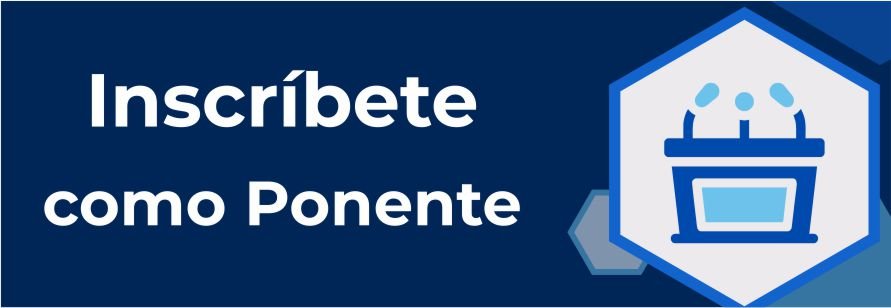
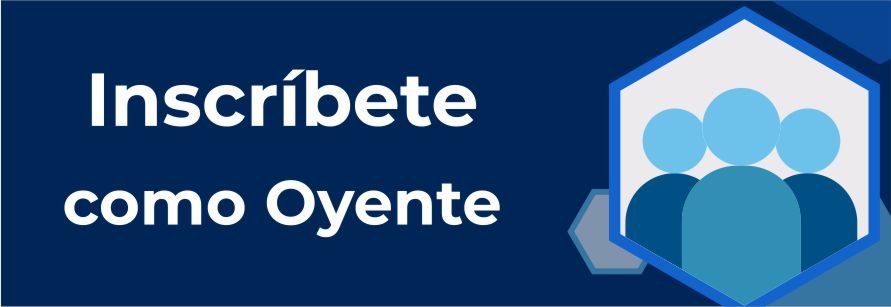

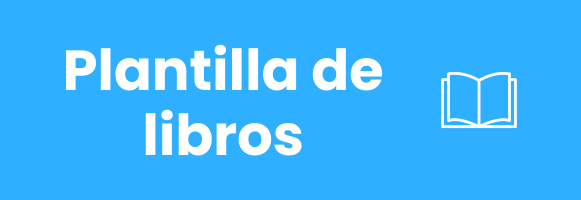
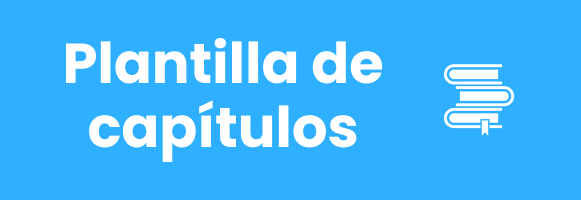
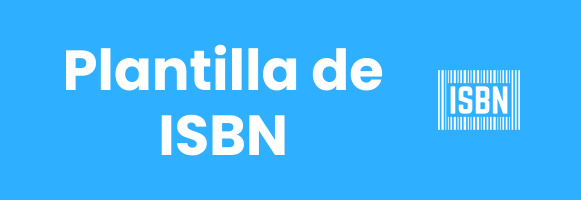
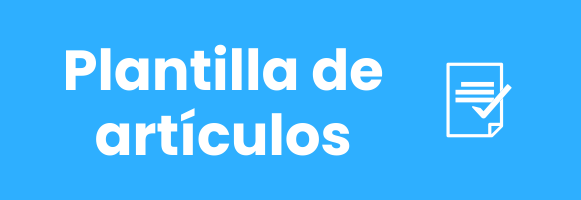
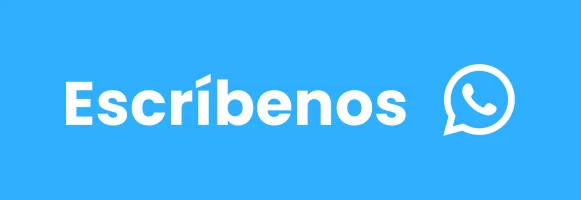

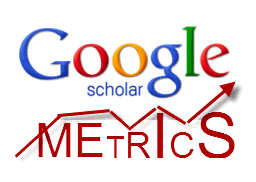

.png)
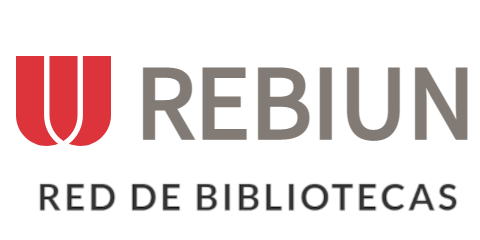







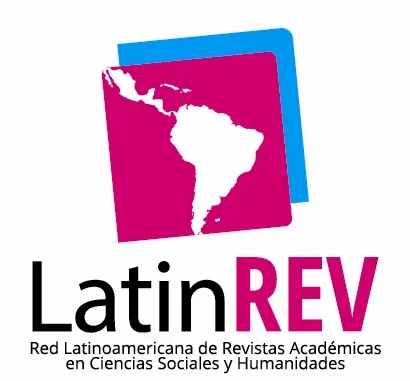

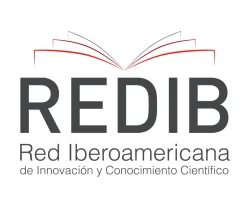


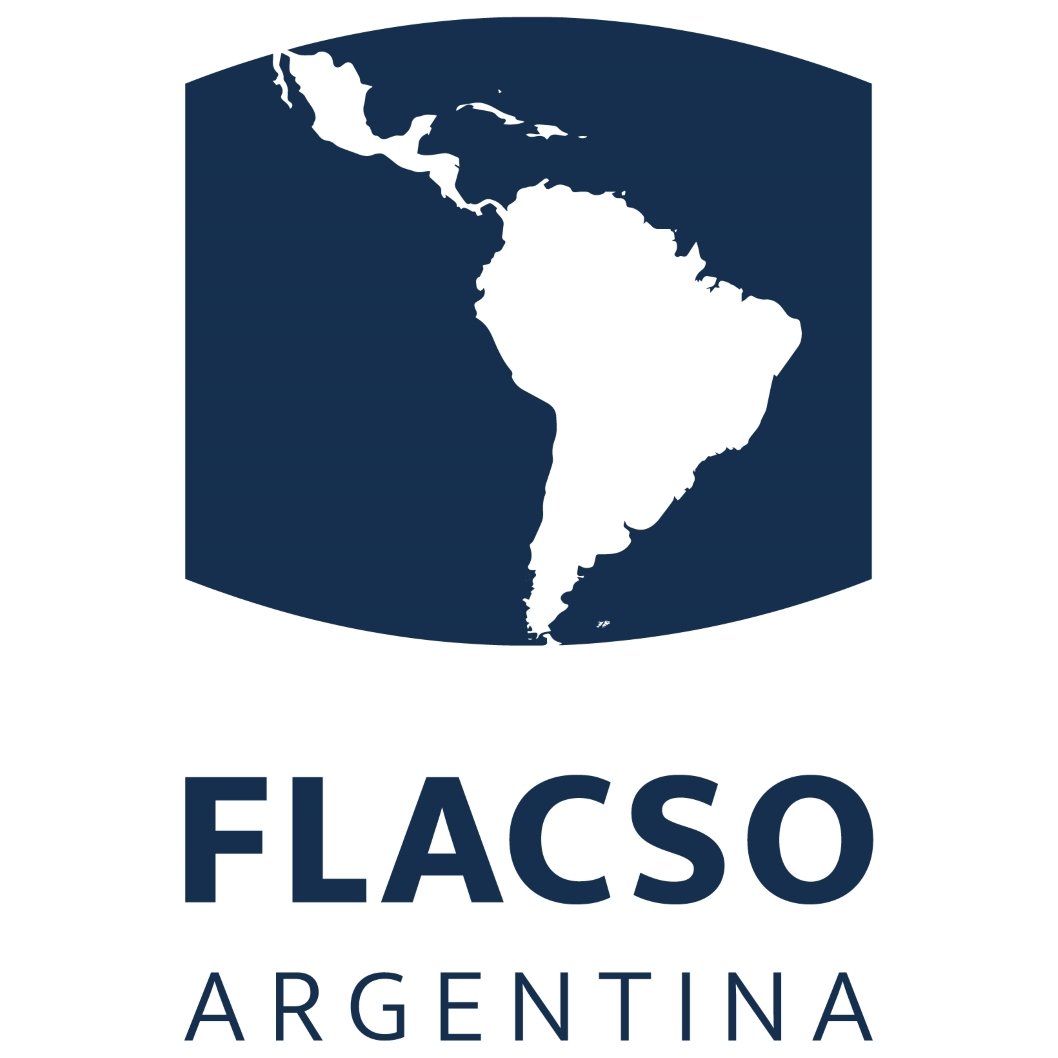
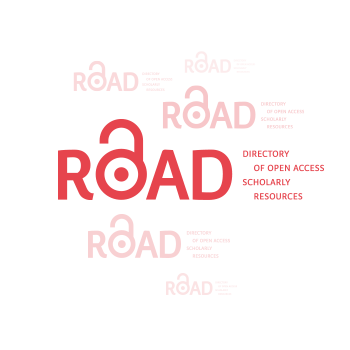
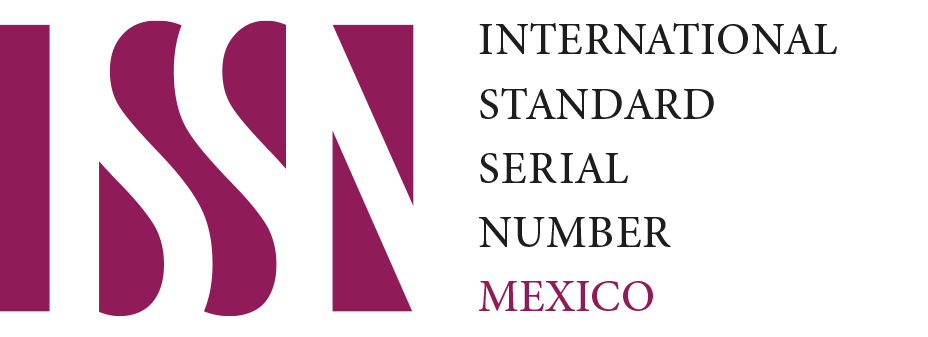
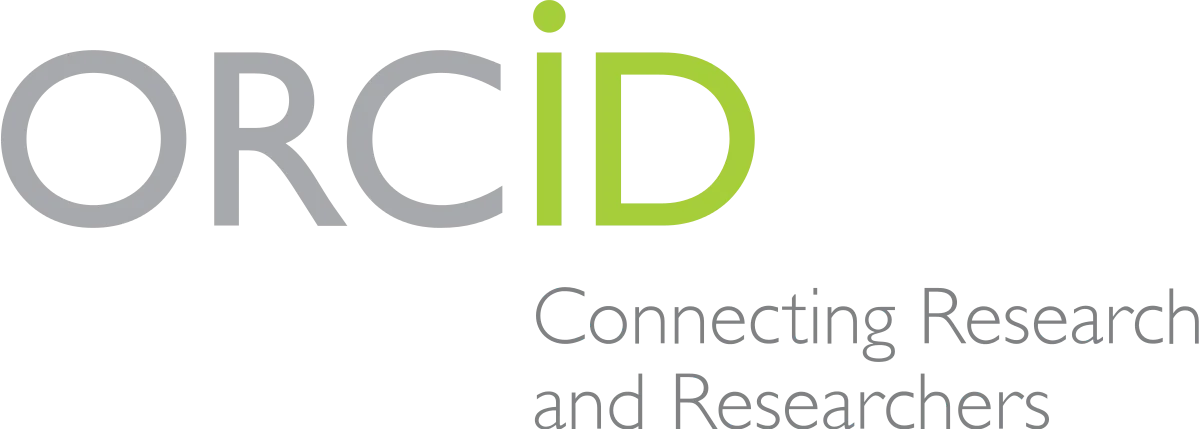



.png)
1.png)


